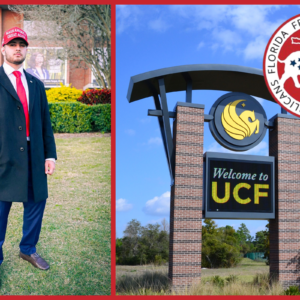NASA announced on Wednesday that Elon Musk’s SpaceX has been awarded an $843 million contract to design and construct a new spacecraft to guide the International Space Station (ISS) back to Earth once the orbital laboratory’s operational lifespan ends in 2030.
The ISS, first launched into orbit around the Earth in 1998, has been occupied by rotating crews of international astronauts since 2000. Roughly the size of an American football field, the station serves as key scientific research station for space agencies in the US, Canada, Japan, Europe, and Russia. Many of the ISS’ core components were only designed to last for 30 years in the extreme conditions of outer space, meaning that the aging infrastructure only has a few years remaining before critical pieces begin to degrade.
All countries involved in operating and maintaining the ISS have pledged to continue doing so until 2030, with the exception of Russia, which will only use the station until 2028. After that deadline, NASA hopes to return the ISS to Earth in a “safe and responsible deorbit.”
Learn the benefits of becoming a Valuetainment Member and subscribe today!
In a statement announcing the contract with SpaceX, NASA said that the aerospace company will be selected to “develop and deliver the U.S. Deorbit Vehicle that will provide the capability to deorbit the space station and ensure avoidance of risk to populated areas.”
SpaceX is honored to be entrusted by @NASA to support this critical mission https://t.co/63zFgM5oFn
— SpaceX (@SpaceX) June 26, 2024
“Selecting a U.S. Deorbit Vehicle for the International Space Station will help NASA and its international partners ensure a safe and responsible transition in low Earth orbit at the end of station operations. This decision also supports NASA’s plans for future commercial destinations and allows for the continued use of space near Earth,” said Ken Bowersox, associate administrator for Space Operations Mission Directorate at NASA Headquarters in Washington. “The orbital laboratory remains a blueprint for science, exploration, and partnerships in space for the benefit of all.”
SpaceX will design and construct the deorbiting craft, but NASA will take ownership of it for the eventual mission to the ISS. Both the spacecraft and the ISS are expected to destructively break up as they reenter Earth’s atmosphere, with the remaining parts splashing down in the Pacific Ocean far from inhabited areas.
The $843 million potential value of the contract will only cover the construction and delivery process, and the launch service for the vehicle—which may also be awarded to SpaceX—will be determined in another contract.
Related: “Sue Origin:” Bezos’ Blue Origin Impedes Musk’s SpaceX with Environmental Lawfare
Per NASA’s statement:
In its 24th year of continuously crewed operations, the space station is a unique scientific platform where crew members conduct experiments across multiple disciplines of research, including Earth and space science, biology, human physiology, physical sciences, and technology demonstrations not possible on Earth. Crews living aboard station are the hands of thousands of researchers on the ground having conducted more than 3,300 experiments in microgravity.
The station is the cornerstone of space commerce, from commercial crew and cargo partnerships to commercial research and national lab research, and lessons learned aboard International Space Station are helping to pass the torch to future commercial stations.
Beyond 2030, NASA anticipates a transition to commercial space operations, including manned missions and new space stations, from private companies like SpaceX.
Connor Walcott is a staff writer for Valuetainment.com. Follow Connor on X and look for him on VT’s “The Unusual Suspects.”
Got a hot scoop or an idea for a story? Connect with the VT writers on Minnect!



















Add comment